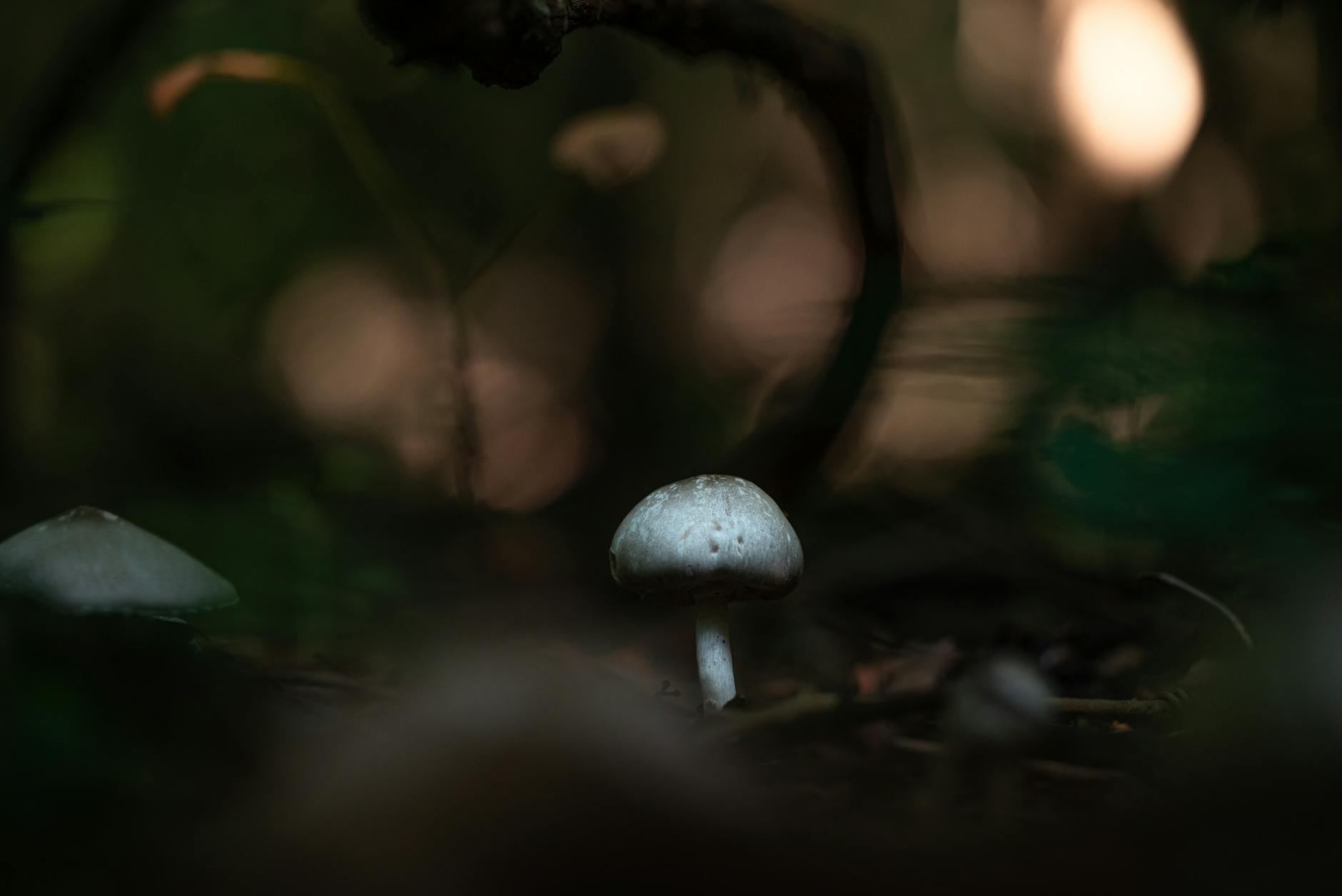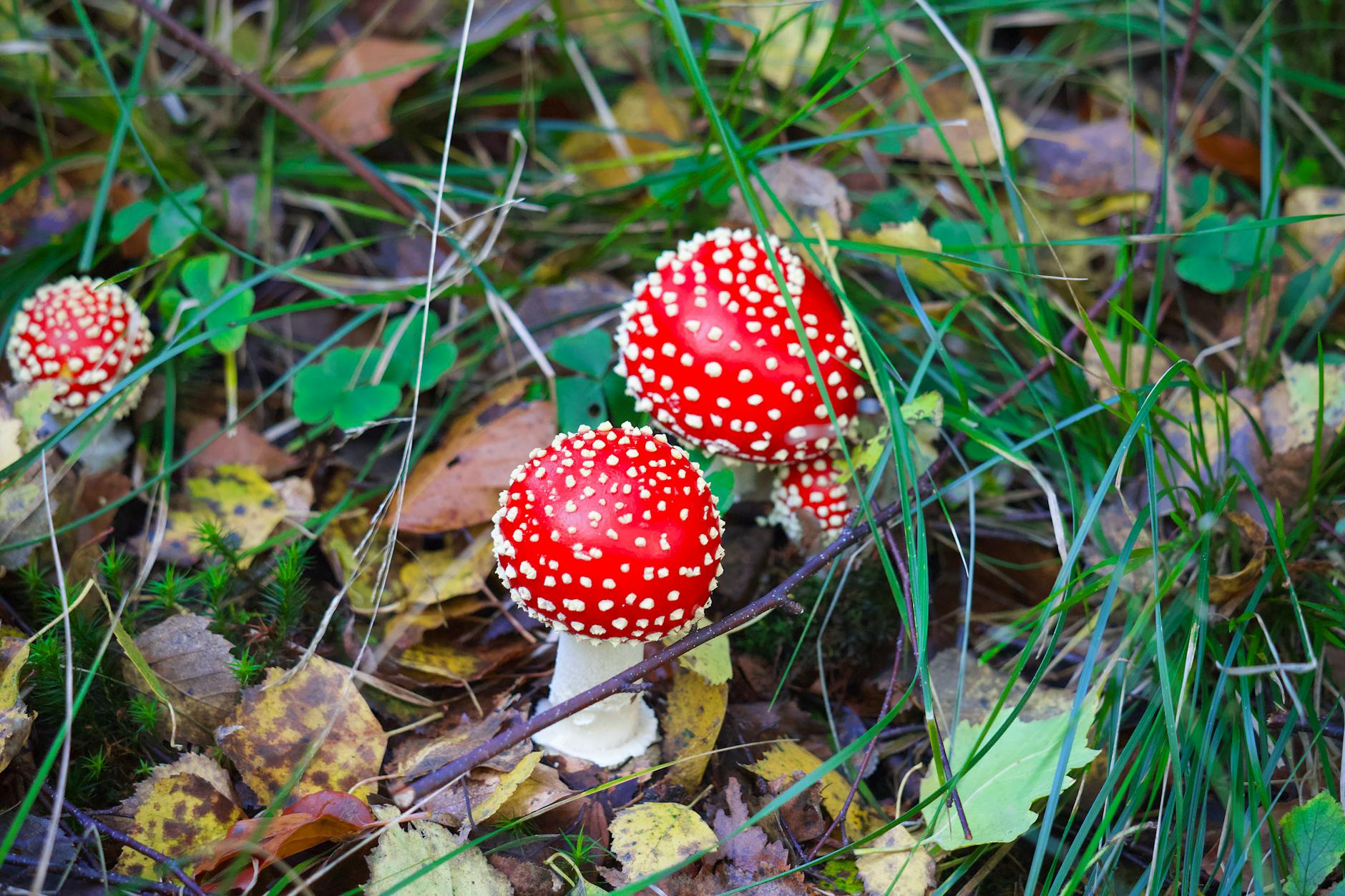Wild mushrooms provide a unique and flavorful addition to culinary dishes, but foraging for them requires knowledge and caution. In this foraging guide, we will explore effortless tips to help you spot and harvest wild mushrooms safely and successfully.
Understanding the Environment
Before embarking on a wild mushroom foraging adventure, it is crucial to familiarize yourself with the local environment. Different types of mushrooms thrive in various habitats, so research the typical growing conditions in your area. Forests, meadows, and even your own backyard can be potential foraging grounds for wild mushrooms.
Identifying Mushroom Species
A fundamental rule of mushroom foraging is to never consume a mushroom unless you are absolutely certain of its identity. It’s essential to learn to distinguish between edible and toxic mushroom species. Start by identifying common edible varieties such as chanterelles, morels, and porcini. Consulting field guides, joining local mycological societies, or attending mushroom foraging workshops can help you improve your mushroom identification skills.
Spotting Mushrooms in the Wild
Mushrooms can be elusive and easily overlooked in their natural habitat. To spot wild mushrooms effectively, pay close attention to the ground, fallen logs, and tree stumps where they are likely to grow. Look for visual cues such as color, shape, and texture. Keep in mind that some edible mushrooms have poisonous lookalikes, so always double-check your finds.
Timing Is Key
Timing plays a crucial role in wild mushroom foraging. Different mushroom species have specific growing seasons, which can vary depending on the climate and location. Research the best time of year to search for specific mushrooms in your area to increase your chances of a successful harvest. For example, morels often appear in the spring, while chanterelles are commonly found in the summer and fall.
Harvesting Practices
When harvesting wild mushrooms, it is important to do so sustainably and responsibly. Only collect mushrooms that you are confident are safe to eat and leave behind any specimens that you are unsure of. Use a sharp knife to cut the mushrooms at the base of the stem, rather than pulling them out of the ground, to ensure the mycelium remains intact for future growth. Carry your mushrooms in a breathable container to prevent them from becoming soggy or spoiling.
Safety Precautions
While foraging for wild mushrooms can be a rewarding experience, it is essential to prioritize safety. Avoid consuming any mushrooms that you are uncertain about, as even some edible species can cause adverse reactions in certain individuals. When in doubt, consult with an expert or experienced forager before consuming a wild mushroom. Additionally, be cautious of poisonous lookalikes and always cook wild mushrooms thoroughly to neutralize any potential toxins.
In conclusion, wild mushroom foraging can be a fulfilling and enjoyable pastime for nature enthusiasts and food lovers alike. By following these effortless tips and guidelines, you can hone your skills in spotting and harvesting wild mushrooms while ensuring a safe and delectable culinary experience. Remember to respect nature, practice caution, and have fun exploring the diverse world of wild mushrooms. Happy foraging!


